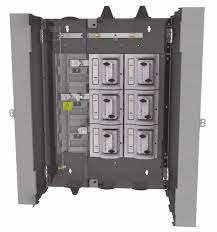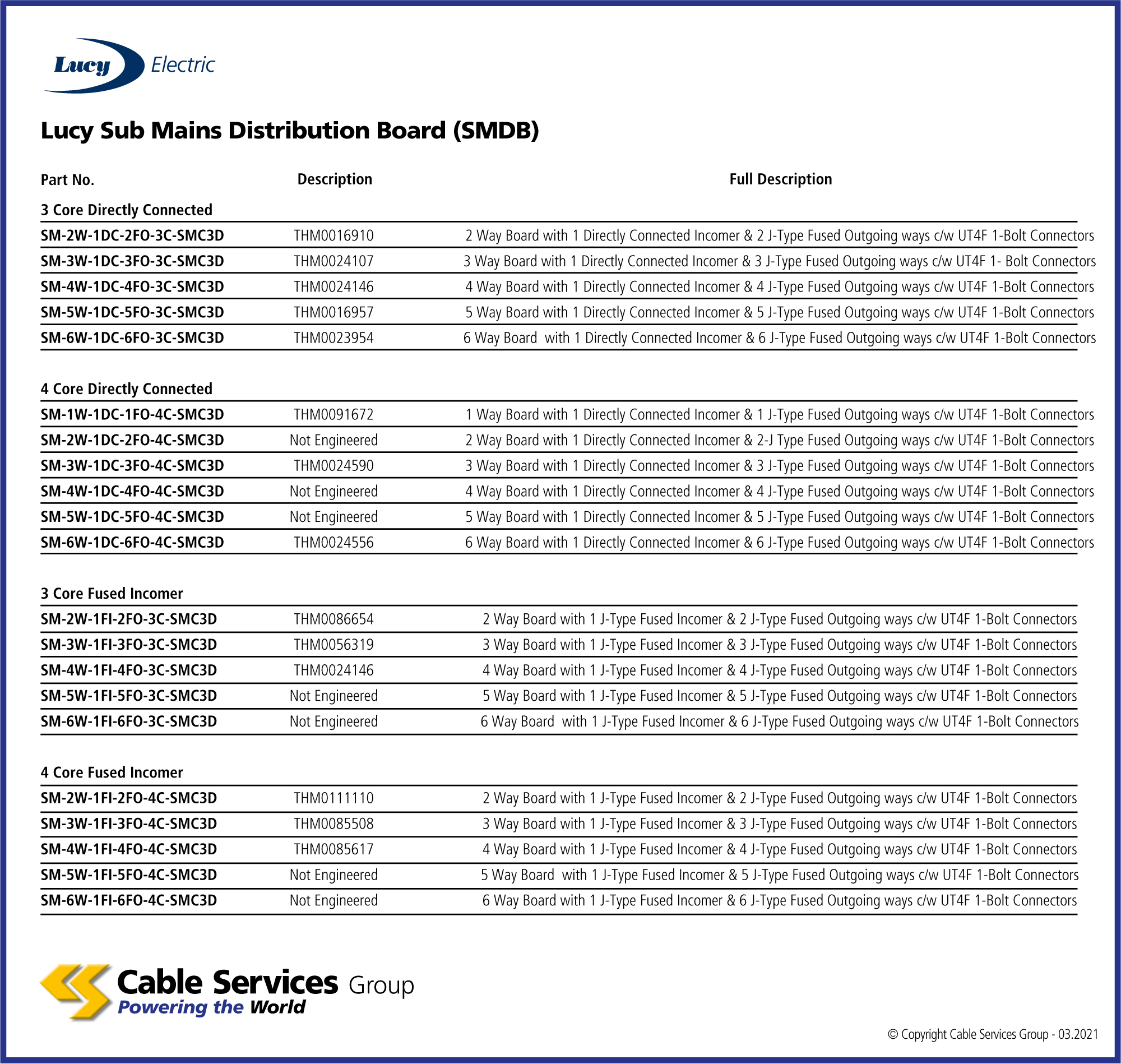Description
Key Features:
- Design and Construction: SMDBs are designed for front access to functional units and cable termination, offering standard and custom configurations to meet specific project requirements.
- Material: Constructed from durable materials, SMDB panels are built to withstand the demands of different environments, whether installed indoors or outdoors.
- Application: They serve as pivotal points for power distribution in LV networks, especially suited for places that require subdivision of electrical supply for better control and efficiency, such as large buildings, industrial complexes, and commercial premises.
Benefits:
- Enhanced Safety: By segmenting the power distribution, SMDBs allow for greater control and isolation of electrical circuits, improving safety and simplifying maintenance.
- Efficiency and Control: The layout and configuration of SMDBs facilitate efficient distribution of power to different areas, enabling easy management and monitoring of electrical loads.
- Flexibility: With options for both standard and custom-made boards, SMDBs can be tailored to specific needs, accommodating a wide range of applications and installations.
Considerations:
- Installation Environment: The choice between indoor or outdoor installation affects the design and features of the SMDB, such as the need for weatherproofing in outdoor setups.
- Capacity and Size: Determining the right size and capacity of the SMDB is crucial, depending on the electrical load and the number of circuits it needs to support.
- Regulatory Compliance: Ensuring that the SMDB meets local and international electrical standards and regulations is vital for safety and performance.
Applications:
SMDBs are typically used in settings where there is a need to distribute power efficiently across various sectors of a building or complex. This includes, but is not limited to, residential complexes, commercial buildings, industrial sites, and anywhere that requires a reliable and safe electrical distribution system.


